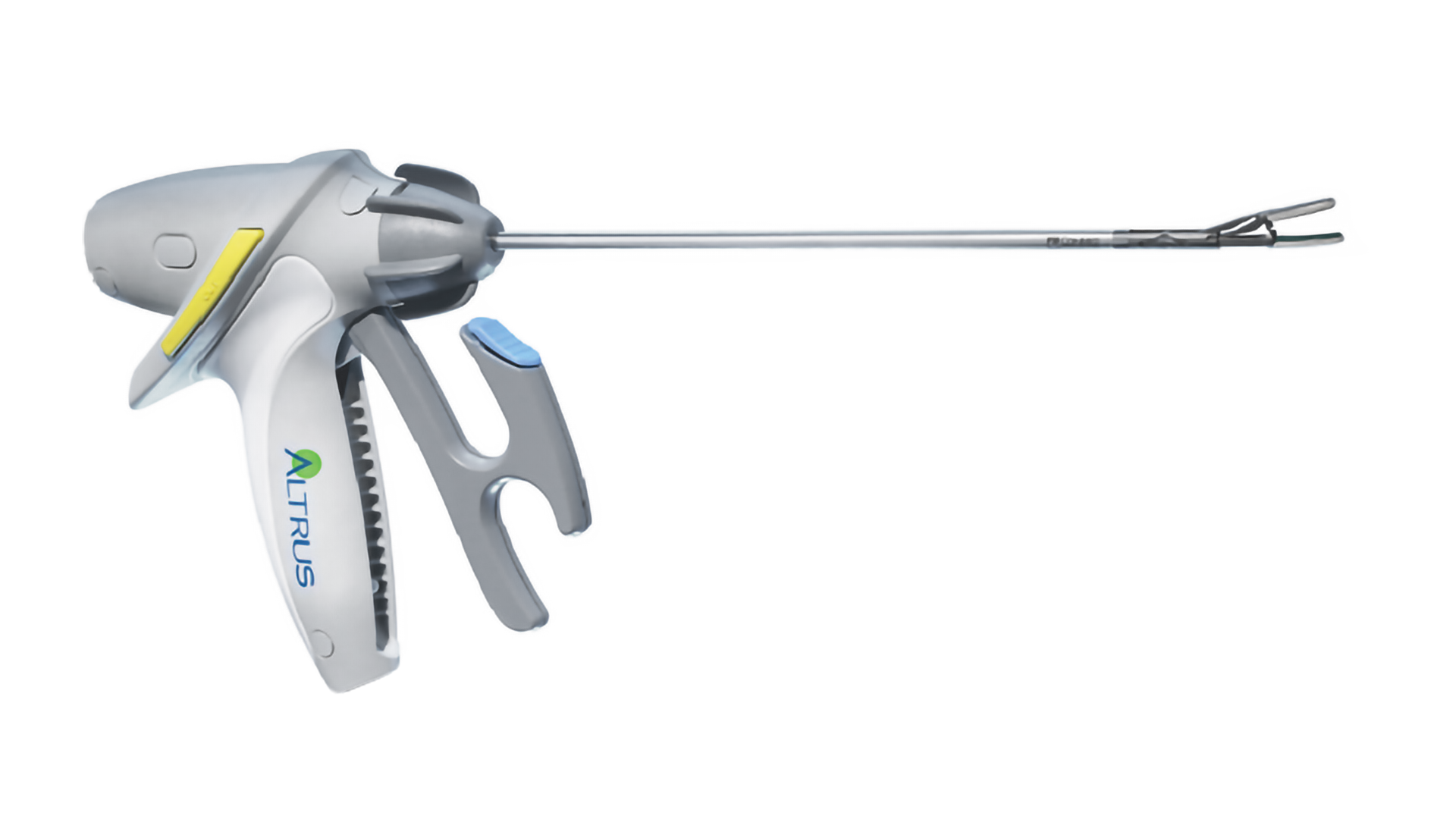Thermal Vessel Sealing and Dissection Devices
What
Thermal vessel sealing and dissection devices use a combination of direct heat transfer and pressure to seal and dissect blood vessels and other tissue structures. These devices are used in open, laparoscopic, and thoracoscopic surgery.
Why
These devices are often used for the following purposes and benefits:
To seal and dissect blood vessels and other tissue structures when surgically removing organs. Common procedures in which this is done include hysterectomies, colectomies, splenectomies, gastrectomies, pancreatectomies, and nephrectomies.
To dissect tissue. Common procedures in which this is done include adhesiolysis and endometriosis resection.
To coagulate and dissect tissue faster compared to tying sutures. Speed is a critical factor for reducing the amount of time the patient is under anesthesia and also reducing the cost of time in the operating room.
To coagulate and dissect tissue without leaving objects in the body such as staples or clips.
How
These devices use a combination of direct heat transfer and pressure to seal and dissect blood vessels and other tissue structures.
Thermal vessel sealing and dissection typically involves the following main components:
Jaws: Pressure is applied by the jaws to hold the tissue layers together like a clamp. The jaws contain resistive heating elements which convert electrical current into heat which is transferred into the tissue. In some devices, a lower-temperature thermal zone seals the tissue and a narrow higher-temperature thermal zone divides the tissue.
Tissue: The tissue is compressed between the jaws. Heat is transferred into the tissue from the jaws, causing the tissue to heat up. Collagen and elastin molecules within the tissue melt and then fuse back together, creating the seal.
Lever: The user squeezes this to close the jaws.
Seal Button: The user presses this to seal tissue.
Cut Button: The user presses this to cut tissue. This may be a separate button or integrated into the seal button.
Rotation Wheel: The user rotates this to rotate the shaft and jaws.
Generator: This controls the heat transfer into the tissue to produce the sealing and cutting tissue effects.
Components of a Typical Thermal Vessel Sealing and Dissection Device
Who
Some of the companies who make or have made these devices include:
CONMED (ALTRUS)
Microline Surgical (MiFusion, MiSeal)




